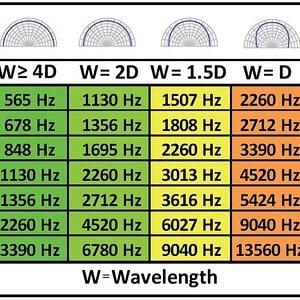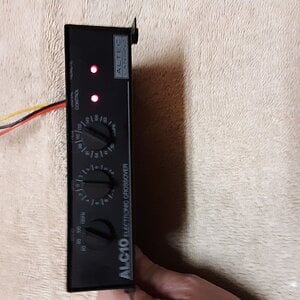They are hard to learn. I've modeled them before, to see about port tuning. I don't even remember what it was on, it was a long time ago. I also reverse engineered built ones I saw online to get tuning data based on what they said tuning was, especially walls because they're so easy to see and see what's going on. I'm not saying I'm right on this, but I think people overthink series 6th orders. Maybe I've been into sound too long, and I'm definitely not a trained pro at sound, but it's just a ported inside of a ported box. The front port length just adds to the rear, but there has to be a dynamic of tuning where the rear port wave meets the front sub wave and is out of phase somewhat vs what the rear port is "tuned" to overall.
Even with that, when I modeled and studied them, and even with front and rear port radiating area differences, it largely seems the front port length mostly just adds to the rear somewhat consistently. The front/rear dynamic changes a lot with net box size and port area differences between the front and rear. You could stick a ported box in a tunnel, like if he just removed the entire front, and that's a series 6th without a loading wall, just a ported box in a line. You start adding a loading wall and closing it in or lengthening port length, it lowers tuning. Matching the nature of the chambers together can be difficult, but you can have such a high tuned front chamber that it effectively doesn't resonate what bandwidth you're playing, such as if you need to do a bandpass to port through a hole into a cabin. Regardless, I do think it can be complicated, but in a way it's really not vs ported box design.



